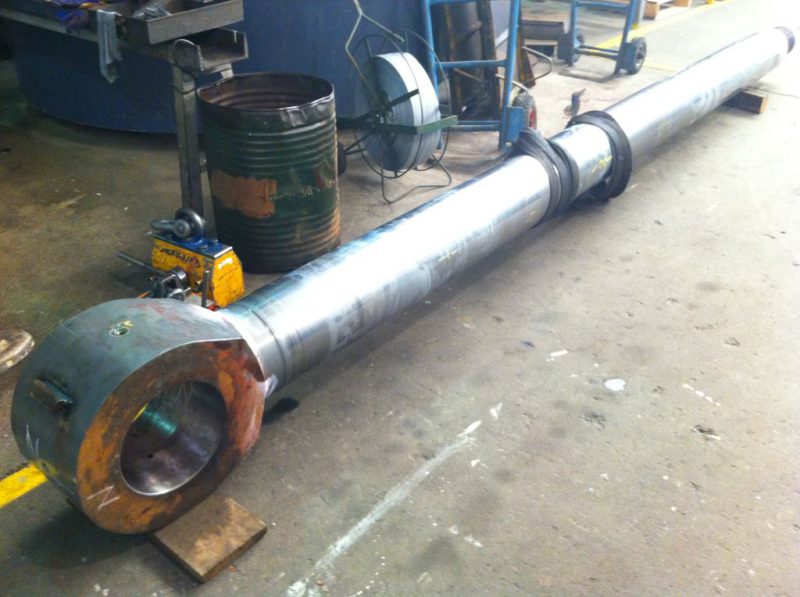
Hydraulic piston rod straightened prior to refurbishment
Learn the advantages of Precision Straightening over traditional methods in metal fabrication. Find out how advanced technology enhances product quality.
Precision Straightening is revolutionising the metal fabrication industry by offering a level of accuracy and efficiency that traditional methods struggle to match. As manufacturers seek to enhance product quality and reduce production times, understanding the differences between precision straightening and conventional techniques becomes essential. This comparison highlights the benefits of precision straightening, showcasing its potential to transform metal fabrication processes for the better.
Overview of Precision Straightening
Precision straightening is a sophisticated process that involves passing metal sheets through a series of rolls of varying diameters. This method is designed to produce flat, straightened metal sheets with exceptional accuracy.
The rolls are strategically positioned to apply uniform pressure, allowing for fine levelling and straightening without compromising the material’s integrity. This technique can be performed either cold or hot, depending on the metal’s characteristics and the desired outcome.
Key Features of Precision Straightening
• High Accuracy: Precision straightening achieves tighter tolerances than traditional methods, making it ideal for applications requiring exact specifications.
• Versatility: It can accommodate various metal types and thicknesses, from thin sheets to thicker plates, by adjusting the roll configuration.
• Reduced Distortion: The controlled application of pressure helps minimise the risk of introducing new stresses or distortions into the metal, which is a common issue with traditional straightening methods.
Traditional Straightening Methods
In contrast, traditional straightening methods typically involve manual techniques, such as using hammers and tongs. While skilled operators can achieve satisfactory results, these methods are often inconsistent and dependent on the operator’s experience. The reliance on manual judgment can lead to variations in the final product, making it less reliable for precision applications.
Limitations of Traditional Methods
• Subjectivity: The effectiveness of traditional straightening relies heavily on the operator’s skill, leading to potential inconsistencies.
• Time-Consuming: Manual techniques can take significantly longer to achieve the desired straightness, impacting overall production efficiency.
• Increased Risk of Damage: The force applied through manual methods can sometimes cause unintended damage to the material, particularly in sensitive applications.
Benefits of Precision Straightening Over Traditional Methods
Precision straightening provides several key advantages over traditional methods. Its automated nature increases efficiency by reducing manual intervention, and speeding up production while ensuring consistent, high-quality results across every batch.
Although the initial investment in precision straightening technology may be higher, it proves cost-effective over time due to reduced waste and rework. Additionally, less manual handling improves workplace safety and supports sustainable manufacturing practices by minimising material waste.
Choosing the Right Method
The decision to use precision straightening or traditional methods depends on various factors, including the desired level of accuracy, production volume, and budget. For applications requiring the highest level of precision and consistency, precision straightening is the clear choice. However, for low-volume projects with less stringent requirements, traditional methods may still be suitable.
Alpha Detroit Heat Treatment offers precision straightening services to meet the needs of our customers across Australia and New Zealand. If you are seeking to improve the quality and efficiency of your metal fabrication processes, consider precision straightening. Contact us for more information.
Optimized by: Netwizard SEO
